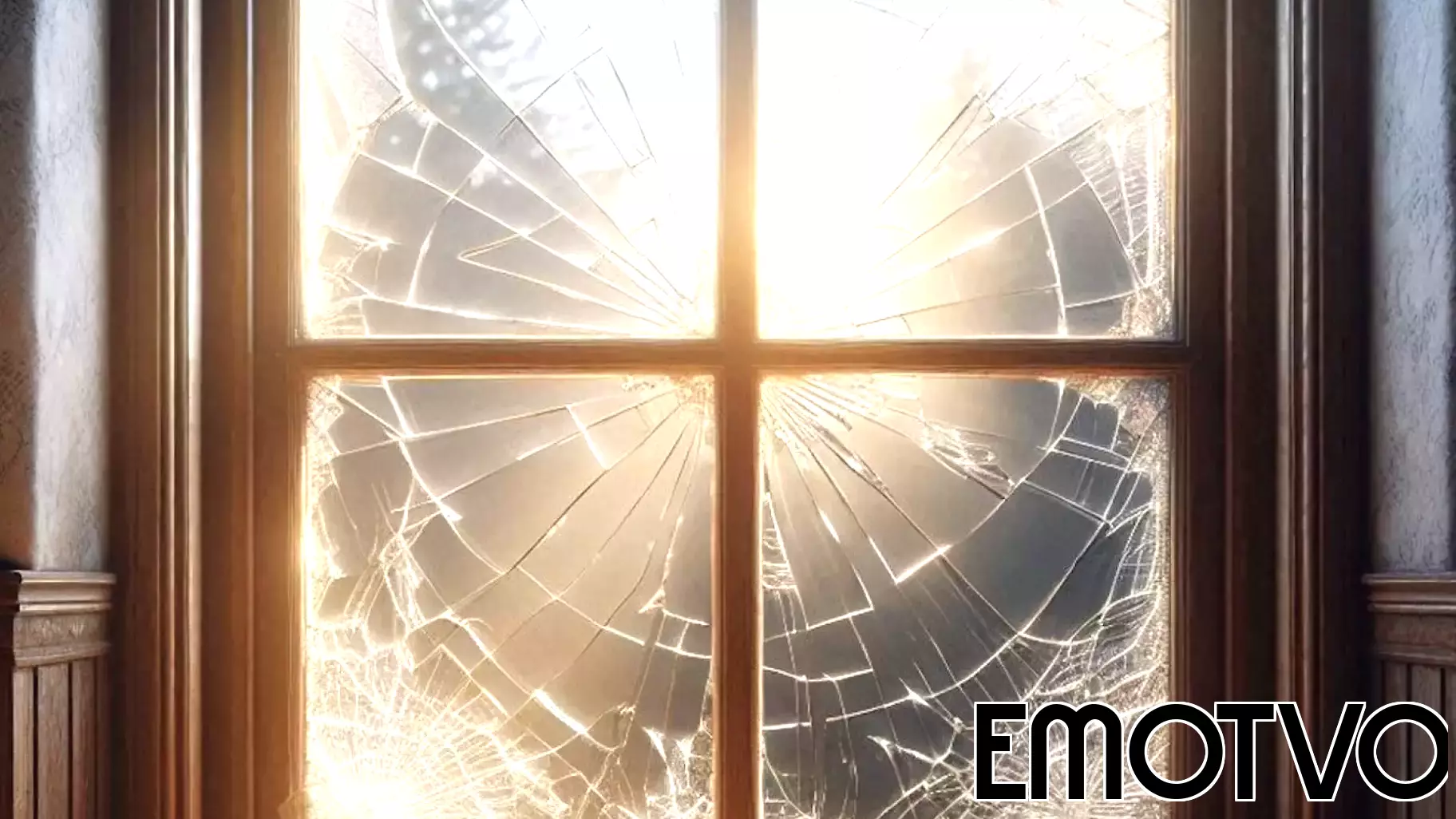April 3, 2025 - 20:22

When a forceful impact occurs to the head, whether from an accident or a collision, the transfer of energy plays a significant role in determining the extent of potential damage. This energy reverberates through the skull, affecting the brain's delicate structures. Such impacts can lead to a range of injuries, from concussions to more severe traumatic brain injuries (TBIs), which can have lasting effects on cognitive function, emotional well-being, and overall health.
Research indicates that even mild head injuries can disrupt normal brain function, leading to symptoms such as headaches, dizziness, and memory problems. More severe injuries can result in long-term complications, including chronic traumatic encephalopathy (CTE), a degenerative brain condition often associated with repeated head trauma.
Understanding the physics behind these impacts is crucial for developing better protective measures and treatment protocols. As awareness of head injuries grows, so does the need for comprehensive strategies to protect individuals, particularly in high-risk activities such as sports and certain professions.



